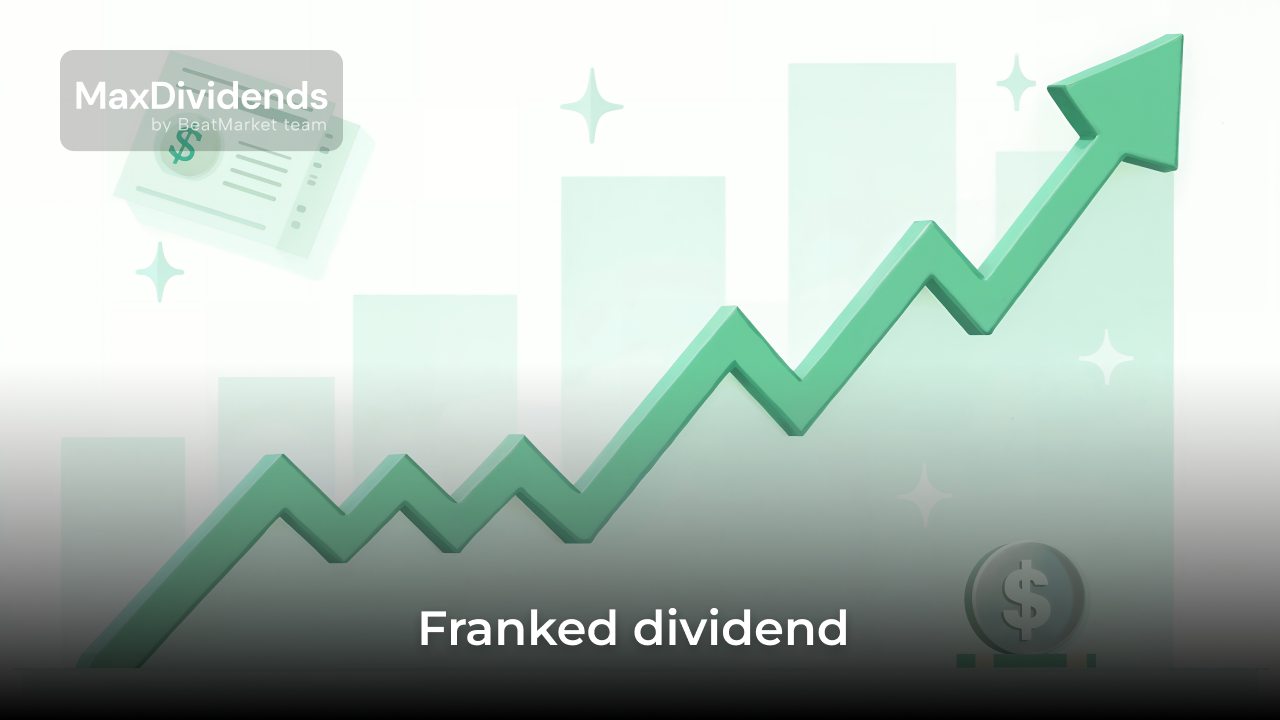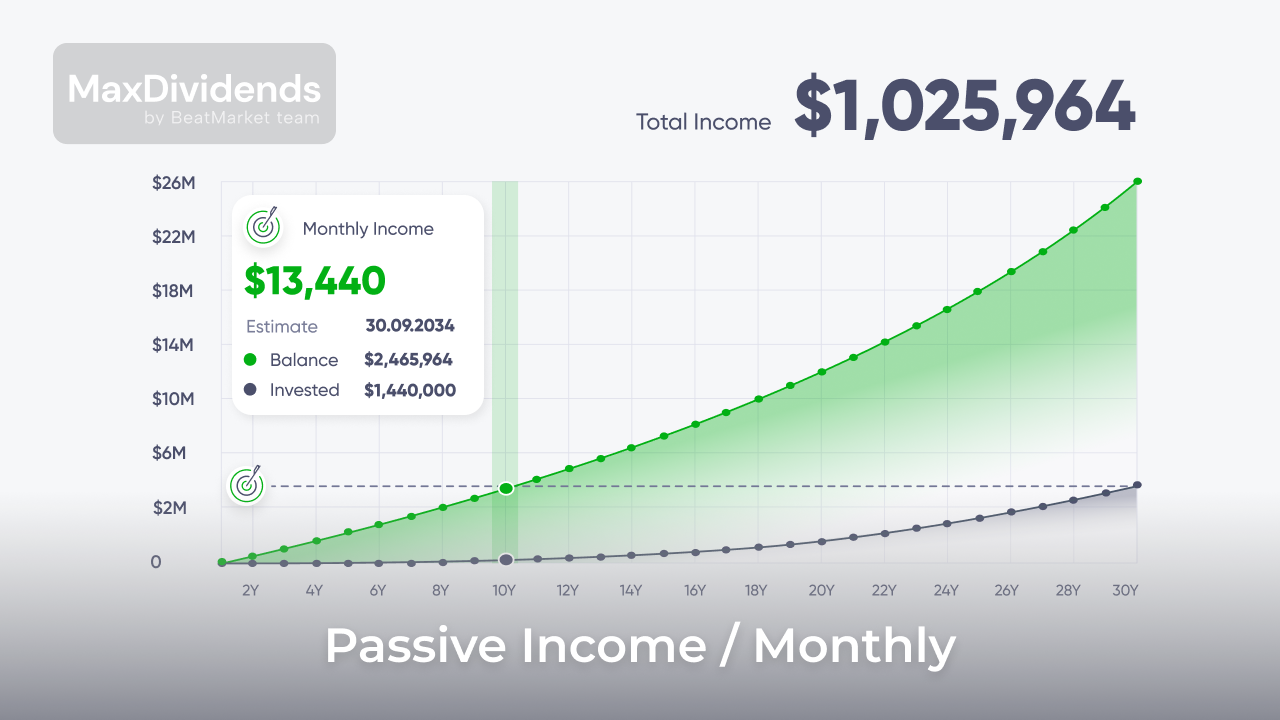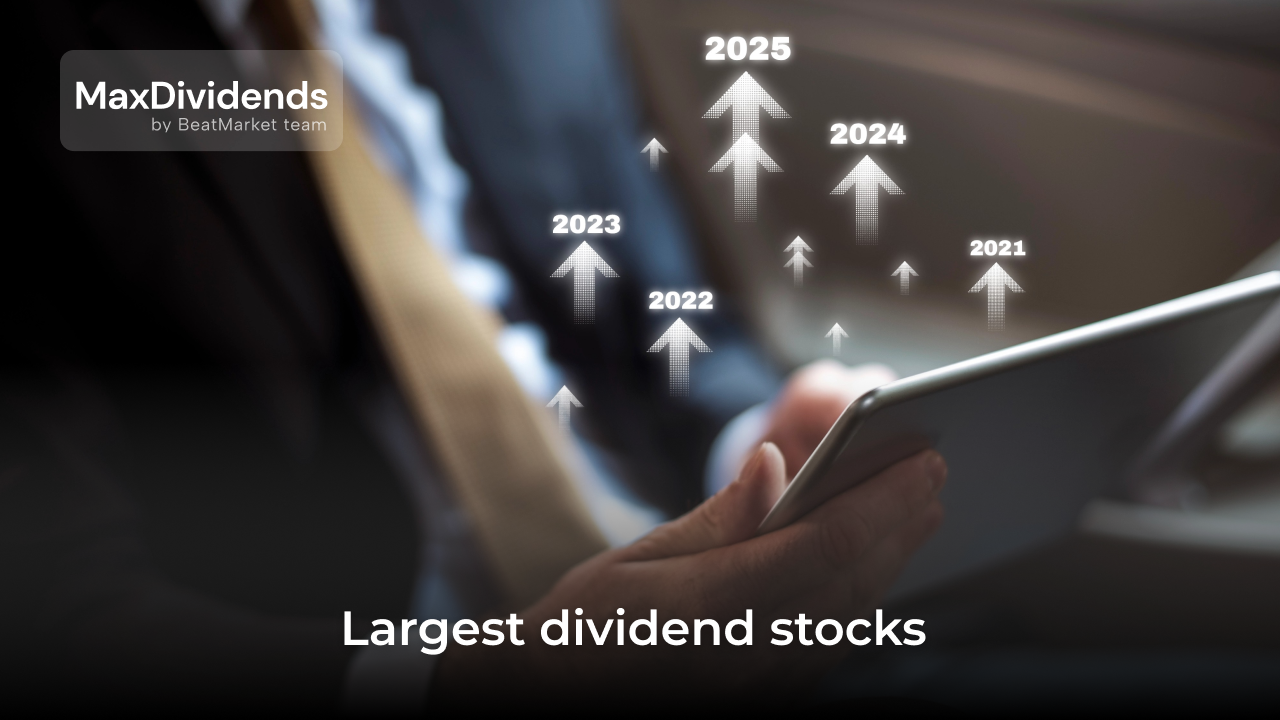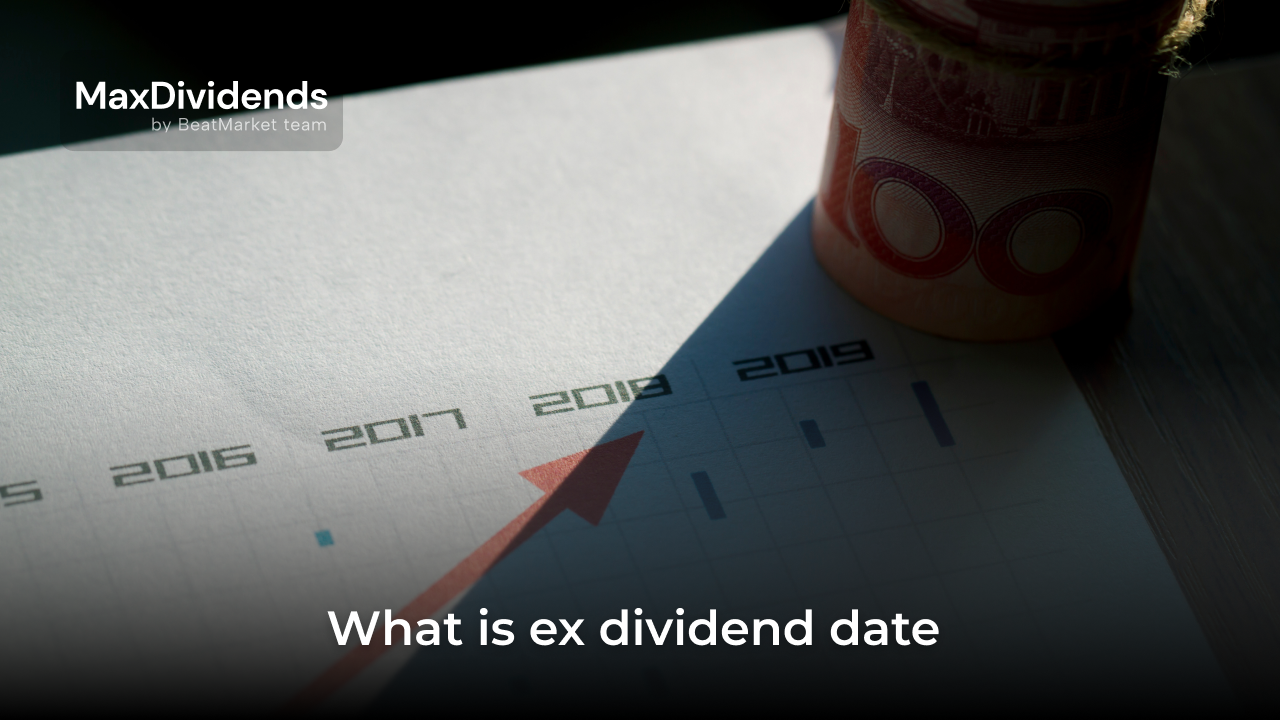Having several sources of passive income is considered to be the basis of a person’s financial well-being. It is often called a prerequisite for achieving economic independence. Below we will explain the definition and consider how it differs from passive income.
Table of Contents
What is Portfolio Income
Portfolio income is a collective name used to refer to 3 types of returns:
- interest payments on debt securities;
- dividend payments;
- capital gain due to the difference in the exchange rate value of assets.
It is distinguished from active and passive income by the type of source. These are securities. Income portfolio does not include intellectual labor income, rent payments, etc. Another important criterion is the tax benefits that may apply. For example, no taxes on medicine and social security.
The peculiarity of an income portfolio is that no effort is needed to create it, the initial capital is enough. The income is accessible to all people equally. The services of financial advisors and robo-advisors make it possible to receive it even without any investing experience.
Sources of Portfolio Income
Let’s take a closer look at the main sources of income from which this term is attributable:
- Stocks. Some of them bring both dividends and capital gains. The main advantage is potentially higher returns.
- Exchange traded funds. Most have a well-diversified set of net assets and offer an index strategy. Like stocks, ETFs can produce dividend income and grow in value. The advantage is lower risk due to the fact that a single stock in the fund hides the stocks or bonds of dozens or hundreds of issuers.
- Mutual funds. They are similar to exchange traded funds in many ways, but more often have an active management strategy designed to generate returns above the market average.
- REITs. This is another type of collective investing. Funds of this type make money on real estate. They are added to a portfolio for the sake of dividends.
- Bonds. These are debt obligations of the government or private companies. Most issues regularly bring coupon payments to the owner. The main advantages are fixed income portfolio of bonds and low price volatility.
Portfolio income sources such as coupon bonds and dividend paying stocks are fairly regarded as passive income as well. It does not require time and effort on the part of the investor to receive the money.
Examples of portfolio income
Here are some examples to better understand each type of the income.
Interest Earned
Portfolio income interest refers to the profit from debt securities. For example, an investor buys 100 bonds with a maturity of 10 years, a par value of $100, and a coupon of 3.375.
Over the 10 years, his annual interest income is $337.5. This amount will be divided into 2 payments. Payments are received semi-annually.
Interest earned on savings accounts, certificates of deposit, money market accounts, short-term (less than a year) debt, etc. is not usually referred to as portfolio income.
Dividends Earned
Passive income portfolio also includes payments that investors receive from the issuers of the stocks they own. For example, a person owns 100 Apple stocks.
During 2022, Apple investors received $0.91 per stock. That is a return of $91 in our example. Dividends come in every quarter.
One of the most popular income portfolio strategies is investing in dividend aristocrat stocks. They give a lower current yield than some other companies. But they are characterized by stable payouts, and most importantly, they constantly increase their payouts over the years.
Capital Gains
Capital gain is the gain recorded on the securities sold. For example, an investor in 2020 bought 100 Apple stocks at $70 per stock. In 2023, he sold them at $175. His capital gain was $10500 ($105 each x 100 stocks).
The Three Primary Types of Income
All types of income a person can have are divided into 3 types – active (earned), passive and portfolio. The last 2 overlap with each other.
To better understand what an income portfolio is and how it differs from the others, let’s consider each type of financial source in detail.
Earned Income
This includes salary, all kinds of part-time jobs, payment for various services. The active income also includes profits from the business that a person runs and freelance earnings.
The main feature of earned income is the necessity to make constant efforts to keep it coming. That is, the amount depends on the work done or the number of hours spent on it. When a person is not active, they will not receive money.
Typically, active income is a monthly income. Whereas securities payouts are more likely to come quarterly or semi-annually. Companies that pay dividends every month are a minority.
Passive Income
It is more difficult to distinguish portfolio income from passive income. These two concepts are overlapping but not identical sets.
Passive income, apart from coupon payments and dividends, includes a large number of other sources. However, capital gains are not included in this category. In general, in order to receive it, an investor must spend time on market analysis.
In addition, passive income has such characteristics as longevity and stability. A one-off gain from the exchange rate difference between the purchase and sale price does not fulfill these requirements.
What is passive income and its sources
Passive income (sometimes also referred to as residual income) refers to all monetary income for which a person only needs to make efforts and spend time/money during the period of source creation. No additional action or minimal activity is required to keep the financial flow going in the future.
Examples of passive income sources that cannot be attributed to income portfolio:
- property that is rented out and generates regular rental payments;
- your own YouTube channel, instagram blog or website, which allow you to earn money through advertising and affiliate marketing;
- results of intellectual labor (a book, a song, a training course, etc.) that constantly generate income from sales.
All of these income sources require a person to continue to put effort and money into maintaining their existence or promoting them. But the costs will be much less than the first stage.
There are also completely passive sources of income:
- banking products ( deposit certificates, money market accounts, high-yield savings accounts);
- property crowdfunding;
- investments in small businesses that are not managed by the individual, etc.
Creating assets that can generate passive income can be both financially and time-consuming.
Portfolio Income
These are returns on long-term “paper” investments, i.e. stocks of individual companies and funds, as well as bonds.
It is divided into 2 types:
- Long-term, which is taxed at rates ranging from 0% to 20% depending on the investor’s financial situation. These are gains from the selling of securities that have been owned by the person for more than a year and qualified dividends.
- Short-term, or taxed at standard tax rates (10% to 37%).
Portfolio income generation requires an initial capital investment, but it requires virtually no personal effort. Of course, an individual investor will need skills and time to analyze the market. However, using the services of robo-advisors and financial advisors will allow you to skip them.
Portfolio Vs. Passive comparison
To conclude the portfolio vs passive income comparison, let’s summarize their key features in a table.
| Criterion | Портфельный доход | Пассивный доход |
| Initial investment | Predominantly capital investments | Equally capital investment, skills and time costs |
| Types of income | Interest incomeDividendsCapital gains | Investment income (interest and dividends)Lease paymentsAdvertising incomeAuthor’s fee |
| Tax regime | There are reduced tax rates for most sources of income | Standard tax rates apply to most sources of income |
How to earn portfolio income
To build a profitable portfolio, follow the 5-step guide below:
- Determine the desired return in dollars.
- Set a target portfolio return, taking into account your own risk tolerance and time horizon.
- Select assets that match your desired return and risk profile. Decide what type of investment account is appropriate to use.
- Determine the amount of capital that will provide the required amount of income for a given return.
- Make the first investments in the chosen assets.
Once this is done, it remains to regularly top up the account and follow the planned investment strategies. It is of equal importance to reinvest all the income received. It is this action that gives capital appreciation based on exponential growth over the decades.
3 Ways to Increase Portfolio Income
To increase the profitability of your portfolio, one should include more profitable and therefore riskier instruments.
Purchase High-Paying Dividend Stocks
The income portfolio can be increased by stocks of companies that pay high dividends.
The risks associated with them are the probability of a decrease in the amount of payments and, as a result, a decrease in the stock price.
H3 Purchase Dividend Exchange-Traded Funds
This is a less risky way to increase portfolio returns than the previous one. Its essence is that a person invests in exchange traded funds with net assets consisting of stocks with high dividends.
The risk in this case is reduced due to good diversification. When some companies refuse to pay out, it will have a negligible impact on the fund’s dividends and the value of its stock.
An example of such ETFs is the Vanguard High Dividend Yield ETF.
| Fundamental | VYM | Sectors | VYM |
| Number of stocks | 462 | Basic Materials | 2.40% |
| Median market cap | $125.4 B | Consumer Discretionary | 9.40% |
| Earnings growth rate | 12.5% | Consumer Staples | 13.30% |
| Short-term reserves | – | Energy | 10.20% |
| P/E ratio | 14.6x | Financials | 19.30% |
| P/B ratio | 2.4x | Health Care | 12.80% |
| Turnover rate (Fiscal Year – end 10/31/2022) | 8.6% | Industrials | 12.30% |
| Return on equity | 15.8% | Technology | 7.60% |
| Foreign holdings | 0.0% | Telecommunications | 5.00% |
| Fund total net assets | $60.7 B | Utilities | 7.70% |
| Share class total net assets | $48.7 B | Dividends (TTM) Dividend Yield | 3.5068 3.18% |
H3 Write Options
The portfolio income can be increased by selling call options on the stocks in the portfolio. The following earnings scheme applies in this case:
- For example, an investor has 100 of N’s stock.
- He sells a call option with a strike price of $200 and receives a premium of $3 per stock.
- The investor’s fixed income is $300.
- When N’s stock price does not rise to $200 during the term of the option contract, the investor keeps his stock.
- When the stock price rises above the strike price, the option will be exercised and the investor will receive $20000 in exchange for his stock.
The disadvantage of the idea of making money by selling options is that it can disrupt a long-term strategy. It should only be used for stocks that an investor really wants to sell when a certain price is reached.
H2 Key takeaways
Key takeaways portfolio income that you need to remember:
- It is the income that is generated by investing in securities.
- The amount of profit from a securities portfolio does not depend on efforts and time expenditures. It is determined by the amount of invested capital and the profitability of selected financial assets.
- Some types of the term can be called passive income. But the latter concept is much broader.
FAQ
What is an example of portfolio income?
The most popular example is equity income.
What are the three ways of portfolio income?
Receive it in the form of:
- dividends;
- bond interest payments;
- fixed income from changes in the exchange rate of securities.
What is passive income vs portfolio income?
Passive income is a broader concept than portfolio one. In addition to securities, sources of passive income may include rented real estate, intellectual property, investments in small businesses, etc.
Is portfolio income taxed?
Yes, earning portfolio income generally results in higher tax payments. There may be individual exceptions, e.g. for low-income investors.






